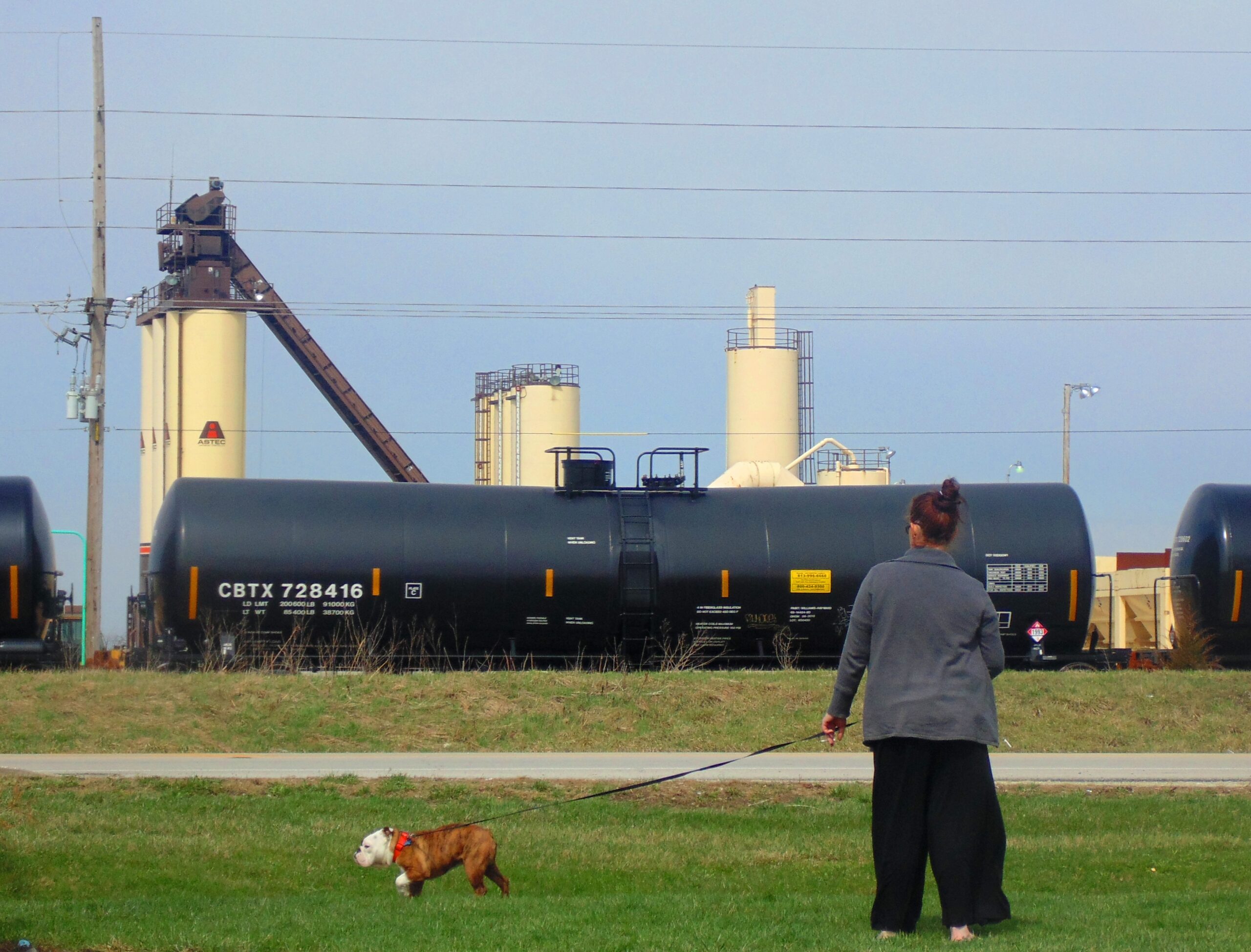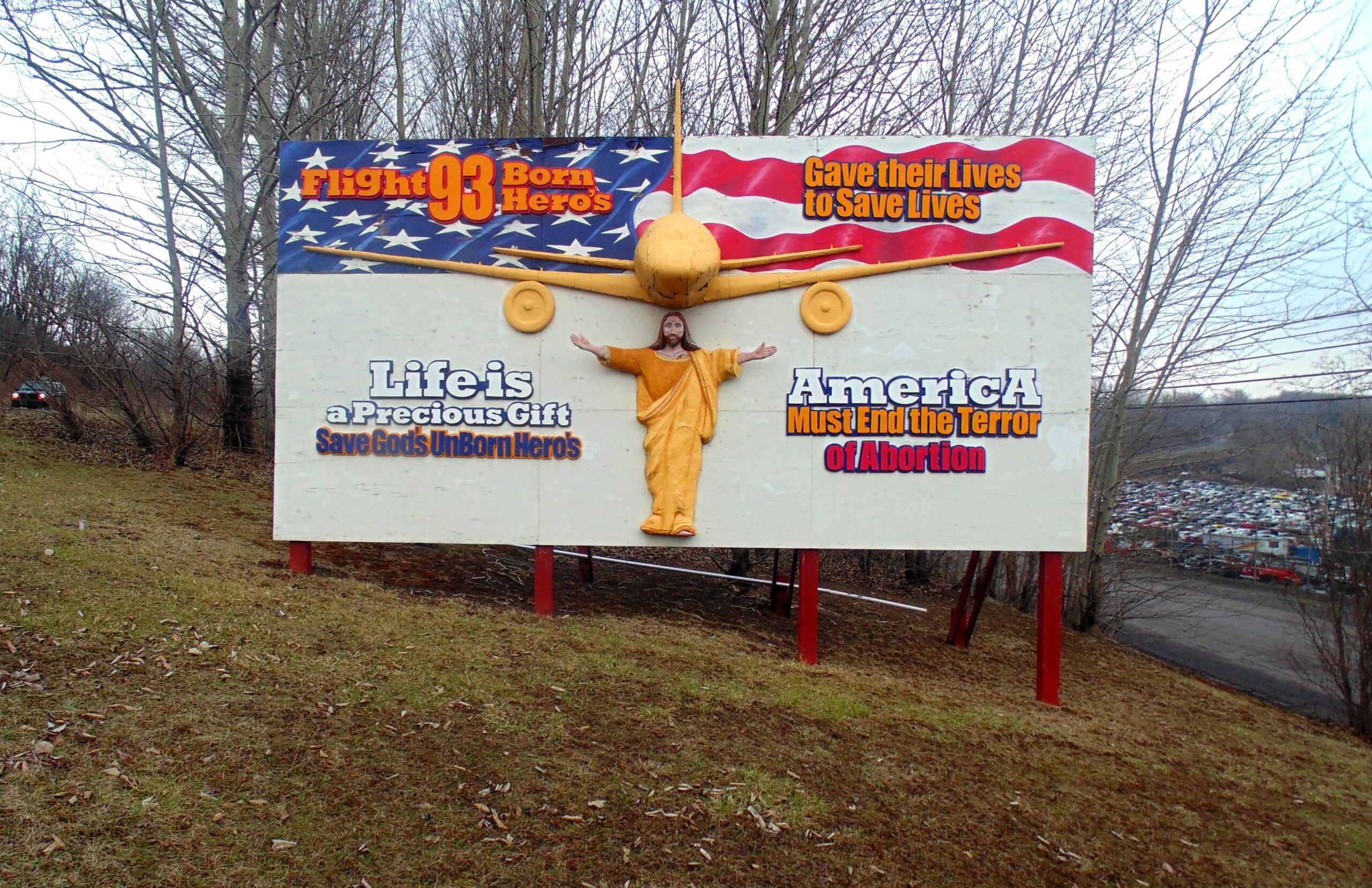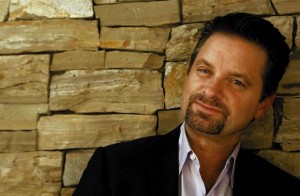“What happened? How Did Detroit – the most iconic of American cities – become a cadaver?
Detroit’s slide was long and inexorable. You might blame it on white racism and legal mortgage covenants that barred blacks from living anywhere but the most squalid ghettos.
You might blame the city’s collapse on the 1967 riot and the white flight that followed. You might blame it on Coleman Young – the city’s first black mayor – and his culture of corruption and cronyism.
You could blame it on the gas shocks of the seventies, which opened the door to foreign car competition.
You might point to the trade agreements of the Clinton years that allowed American manufacturers to leave the country by the back door.
You might blame the UAW, which demanded things like near-full pay for idle workers, or the myopic management, who instead of saying no took their piece and simply tacked the cost onto the price of the car.
Then there is the thought that Detroit was simply a boomtown that went bust, a city that began to fall apart the minute Henry Ford began to build it. The car made Detroit and the car unmade Detroit. Detroit was built in some ways to be disposable. The auto industry allowed for sprawl. It allowed a man to escape the smoldering city with its grubby factory and steaming smokestacks.
Detroit actually began its decline in population during the 1950s, precisely the time that Detroit – and the United States – was at its peak. And while Detroit led the nation in per capita income and home ownership, automation and the beginnings of foreign competition were forcing automobile companies like Packard to shutter their doors. That factory closed in 1956 and was left to rot, pulling down the east side, which pulled down the city.
By 1958, 20% of the Detroit workforce was jobless. Not to worry, the city, rich with manufacturing revenue, had its own welfare system – a decade before Johnson’s Great Society. The city provided healthcare, fuel and rent and gave $10 every week to adults for food; $5 to children. Word of the free milk and honey made its way down South and the poor “Negros” and “Hillbillies” flooded in by train. If it wasn’t for them, the city’s population would’ve sunk further than it did.
Even the downtown train station – the Michigan Central Rail Depot – was ill fated from birth. Three weeks after it opened in 1913, Henry Ford announced the $5 workday, causing the ascension of Detroit and the inevitable bust of the train in America.
People came from Poland, from Ireland and from the sharecroppers’ shacks of Mississippi. The American middle class was born here.
And the Michigan Central Rail Depot has been set upon by vandals. The mahogany bannisters have been looted, as have the copper wiring, the marble walls. In a city full of ghost skyscrapers, the depot is Detroit’s Flying Dutchman, its gravestone, a mocking symbol of its lost greatness. On a clear day, you can see straight over the river to Canada, right through the windowless building.”
(Excerpted from Detroit: An American Autopsy)
 Nebraska is the most beautifully barren stretch of land I’ve ever known. Gold and desolate, wind-swept prairies, low-hanging clouds that bunch and tear like cotton, stiff-whistling winds that bob and weave through rusted wire, empty lanes where old jalopies cruise at 95 for hours. The distant farms appear so grand it makes one question states like Pennsylvania and Ohio, states where rotting barns and livestock brush right up against the road.
Nebraska is the most beautifully barren stretch of land I’ve ever known. Gold and desolate, wind-swept prairies, low-hanging clouds that bunch and tear like cotton, stiff-whistling winds that bob and weave through rusted wire, empty lanes where old jalopies cruise at 95 for hours. The distant farms appear so grand it makes one question states like Pennsylvania and Ohio, states where rotting barns and livestock brush right up against the road.
 Home of the World’s Largest Golf Tee, Home of The World’s Largest Windchime, Home of the Annual Popcorn Festival … everything along this stretch declares itself to be the bullshit home of something. The selling points are meager, designed to draw fast-passing motorists beyond the off-ramp into doldrums, beyond the cheap motels and gas pumps into whatever circus tent or freak show the chamber of commerce can procure.
Home of the World’s Largest Golf Tee, Home of The World’s Largest Windchime, Home of the Annual Popcorn Festival … everything along this stretch declares itself to be the bullshit home of something. The selling points are meager, designed to draw fast-passing motorists beyond the off-ramp into doldrums, beyond the cheap motels and gas pumps into whatever circus tent or freak show the chamber of commerce can procure.


